The Urban Lens: From Bob Dylan to Jack Kerouac, see rare photos of the Village’s Beat Generation
Learn the story behind all the photos
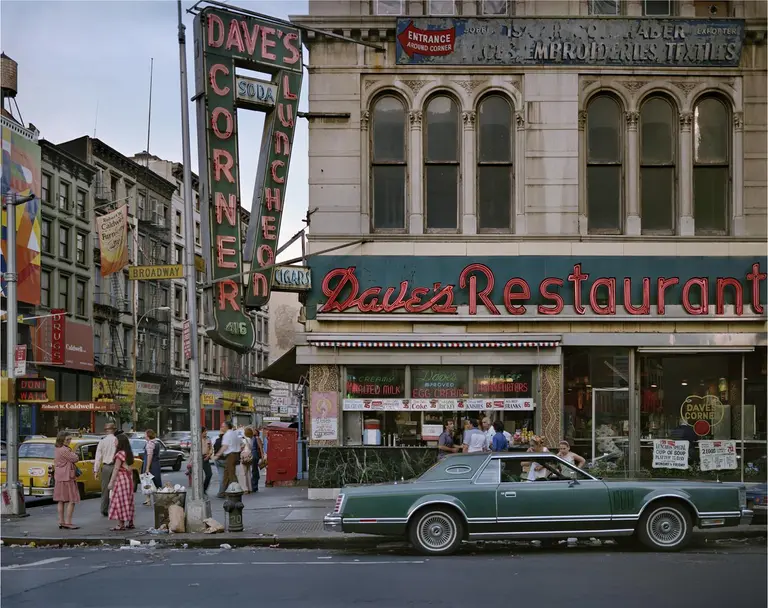
Dave’s Restaurant, New York, 1984. © Wayne Sorce courtesy of the Joseph Bellows Gallery
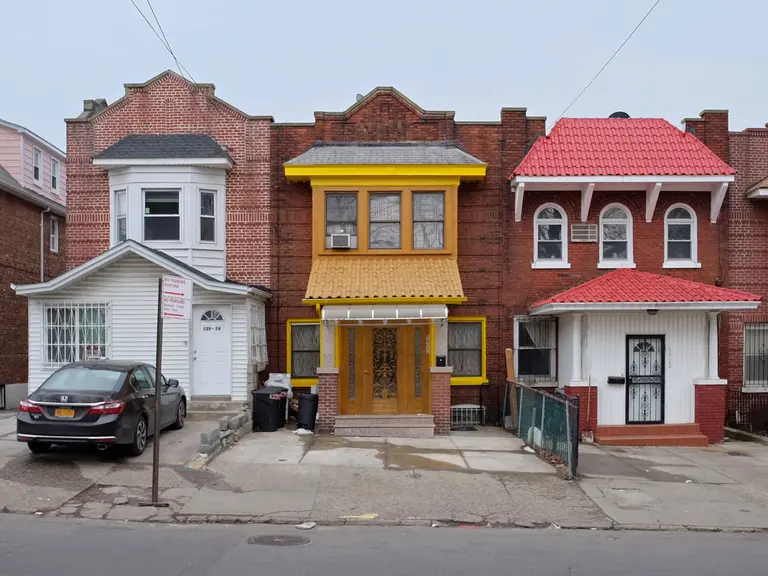
Eclectic Row. Briarwood, NY. 2017. © Rafael Herrin-Ferri
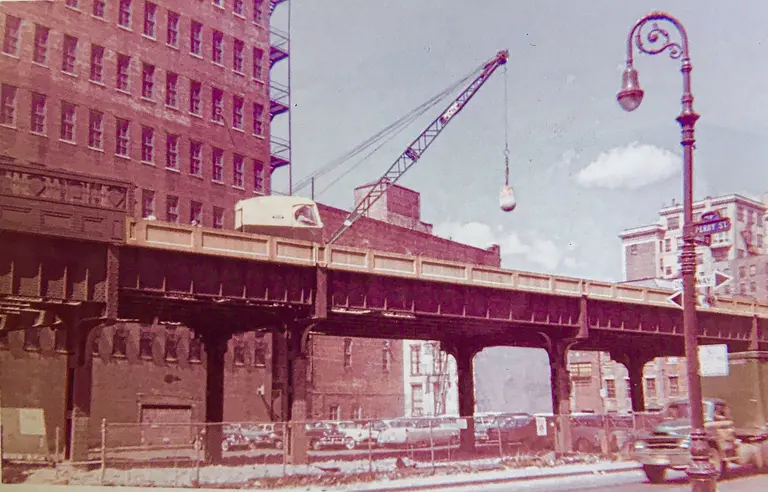
Crane with wrecking ball mounted on the trestle. Photo by Peter H. Fritsch (1962). Photo courtesy of the Greenwich Village Society for Historic Preservation/Fritsch Family Collection.
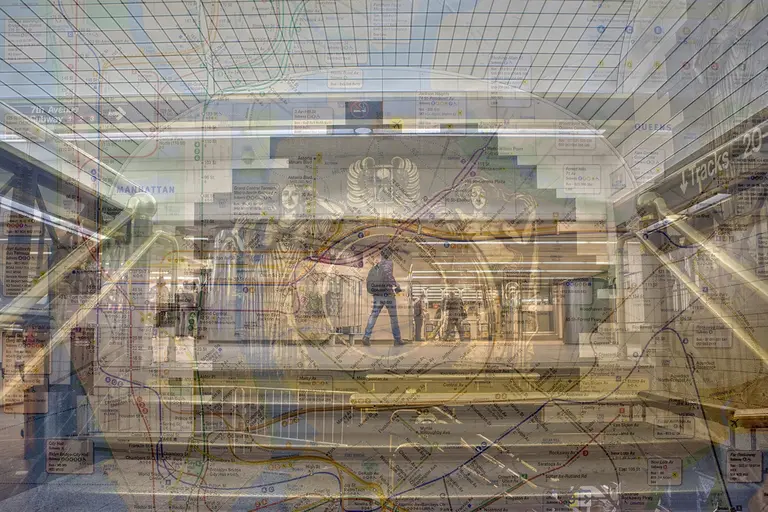
6sqft’s series The Urban Lens invites photographers to share work exploring a theme or a place within New York City. In this installment, photographer Zach Gross presents his series “Penn Station.” Are you a photographer who’d like to see your work featured on The Urban Lens? Get in touch with us at [email protected].
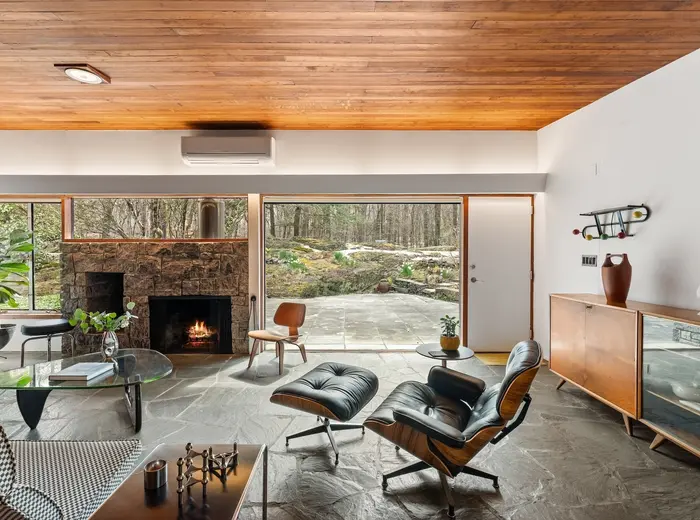
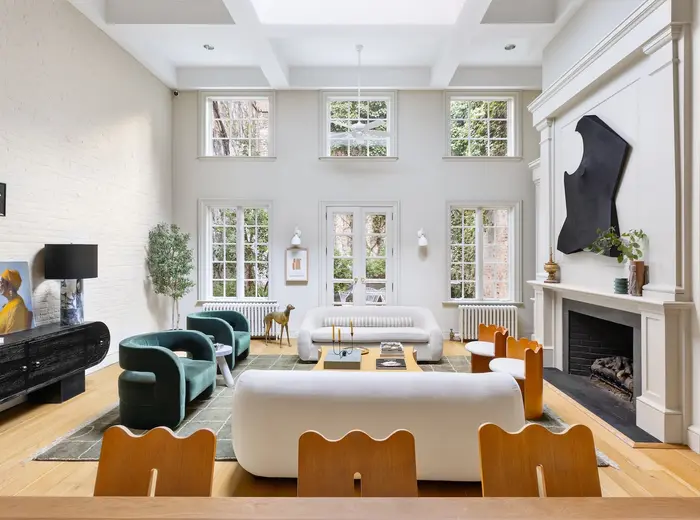
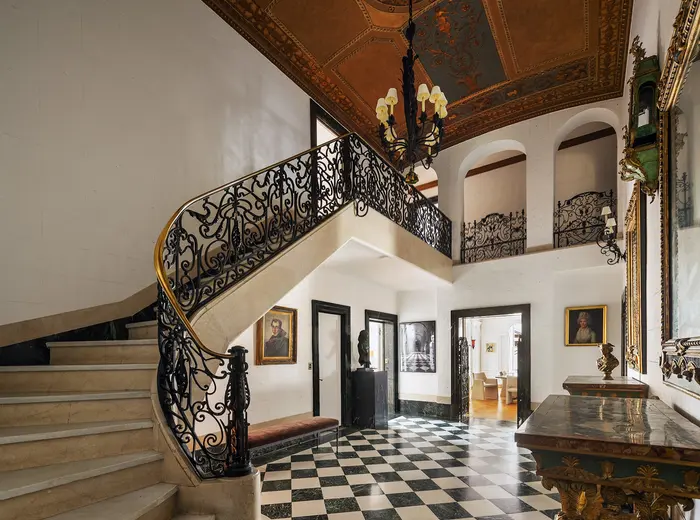
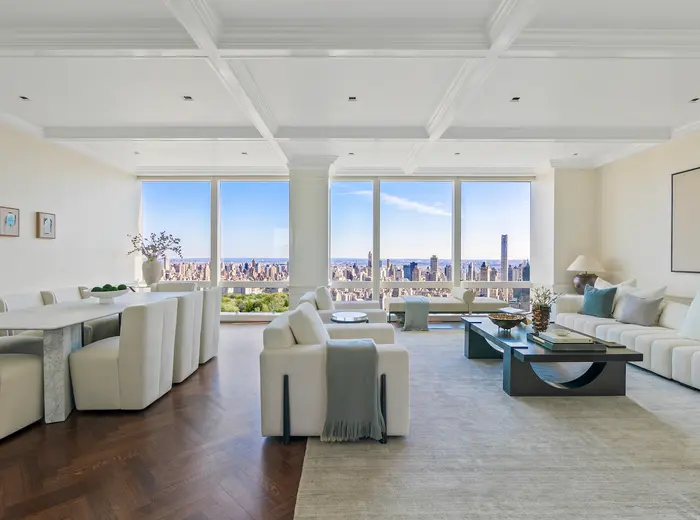
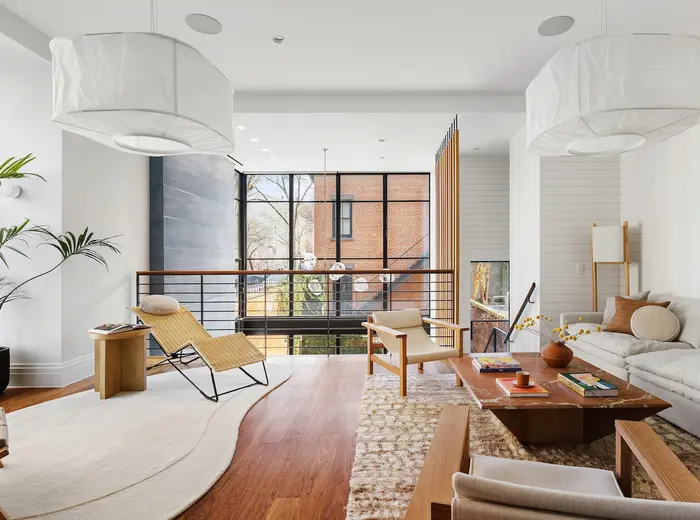
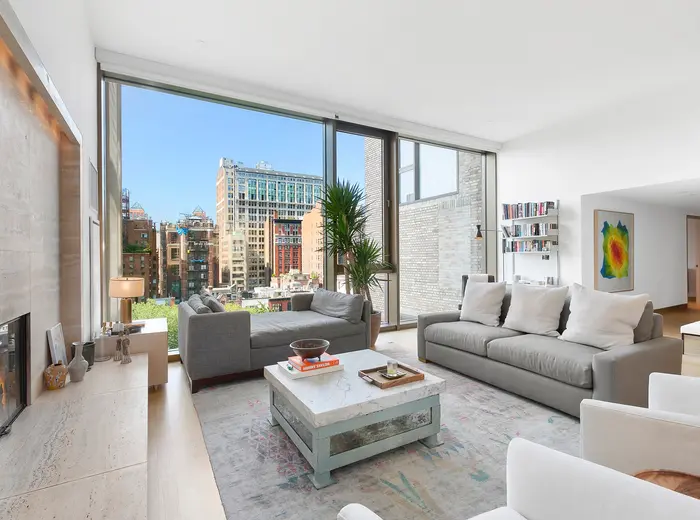
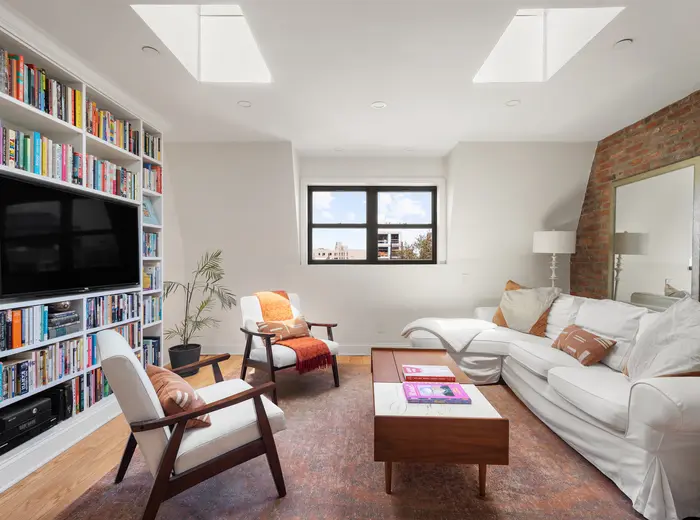
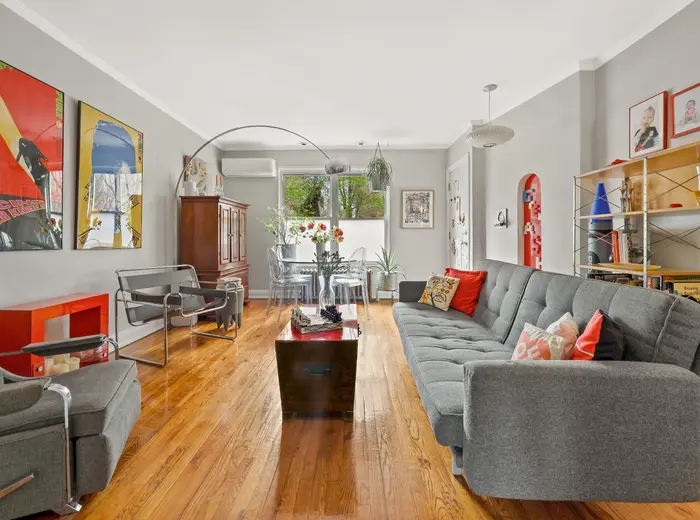
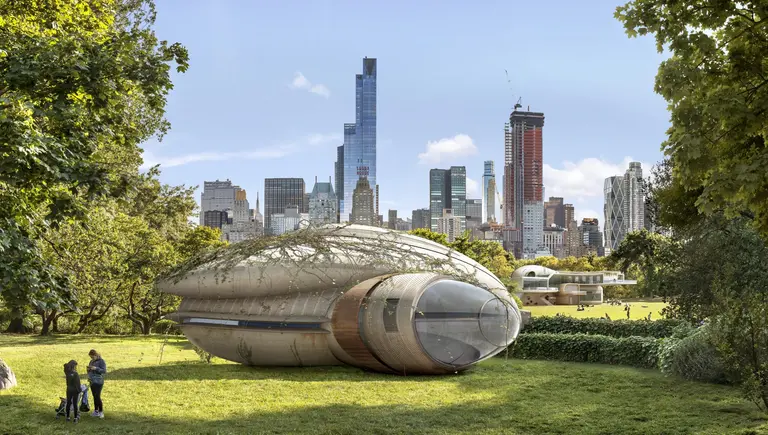
Image © Dionisio González
 Know of something cool happening in New York? Let us know:
Know of something cool happening in New York? Let us know: